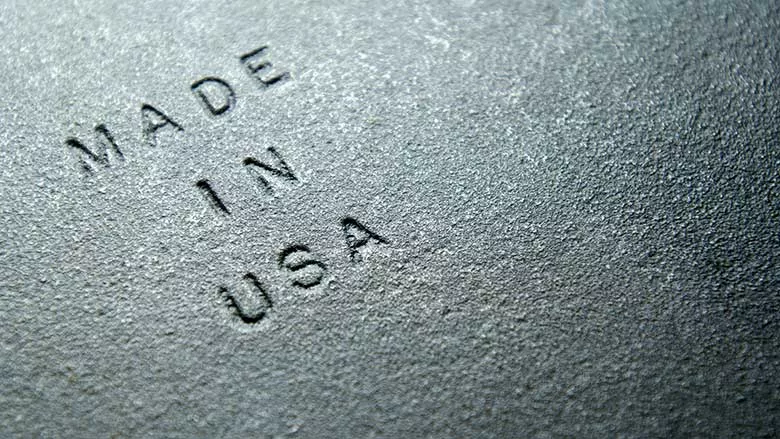Matt Michel: What you should know about selling products made in the USA
Defining ‘made in America’ versus ‘made in the USA.’

Image courtesy of joecicak / iStock / Getty Images Plus
We all want to buy products made in the United States, right? And, if we want to buy USA-manufactured products, it only stands to reason that we want to sell plumbing products manufactured domestically. Here are a few things to consider.
Made in America is not necessarily made in the USA
A product with a "Made in America" label is not necessarily made in the United States. It could be made in Canada or Mexico. Do you want products made in America or the USA?
There is also a big difference between a product that is assembled in the USA from domestic parts and one that is assembled with imported parts. Assembled in the USA does not necessarily mean it is made in the USA.
Defining "made in the USA"
To help people understand what qualifies as a product that is made in the USA, our government has provided a helpful 38-page document. The answers are presented with all of the clarity of the tax code.
There are two types of made in the USA products. One is qualified. The other is unqualified. An unqualified claim means it is "all or virtually all" made in the USA. Okay, so what does "virtually all" mean? Is it 99%, 90%, or 51%? No one knows because the government never got around to defining it. I guess a bureaucrat knows it when he or she sees it.
Let’s say that the only part in a water heater that’s imported is a dip tube. The water heater manufacturer would be able to claim virtually all of the product is made in the USA.
Then, there are the qualified claims. A product might carry a label stating, "Made in the USA with Global Components," which means the parts came from who knows where. Most or almost all of the parts could have come from offshore.
Defining what is and is not made in the USA can be tricky. Plus, some manufacturers are tricky all on their own. They might not make any claims, but slap a U.S. flag on the box so that you assume it is made in the USA.
Why bother?
Consumer Reports conducted a nationally representative research study and found that "Given a choice between a product made in the U.S. and an identical one made abroad, 78% of Americans would rather buy the American product."
So, all things being equal, people want products made in the USA. What if they cost more? Six out of 10 would pay 10% more. A quarter would pay 20% more.
Give people choices
For more expensive products, give people a choice between foreign-made product and U.S.-made ones. Tell your customers you are keeping the material margins the same. Of course, you will make more gross profit dollars on the more expensive products.
For less expensive parts, require your supply houses to provide you with parts made in the USA. If a part is simply not made here, buy American first, then countries that are friendly and not adversarial to the U.S. next.
Consumer Reports conducted a nationally representative research study and found that "Given a choice between a product made in the U.S. and an identical one made abroad, 78% of Americans would rather buy the American product."
If an expensive product is not made domestically, follow the same approach. Some people would rather buy a German or Mexican-made product than one from China. Give them the options.
Does this mean more inventory? Possibly. If you are using vendor-managed inventory (and you should, if you qualify), your balance sheet is unchanged.
Send a message upstream
You have more power to influence manufacturers than you think. If a minority of plumbing contractors start sending the message that you will sell products made in the USA, even if more expensive, manufacturers will get the message. At the very least, you could encourage your suppliers to reduce imported products from adversarial nations.
Looking for a reprint of this article?
From high-res PDFs to custom plaques, order your copy today!









